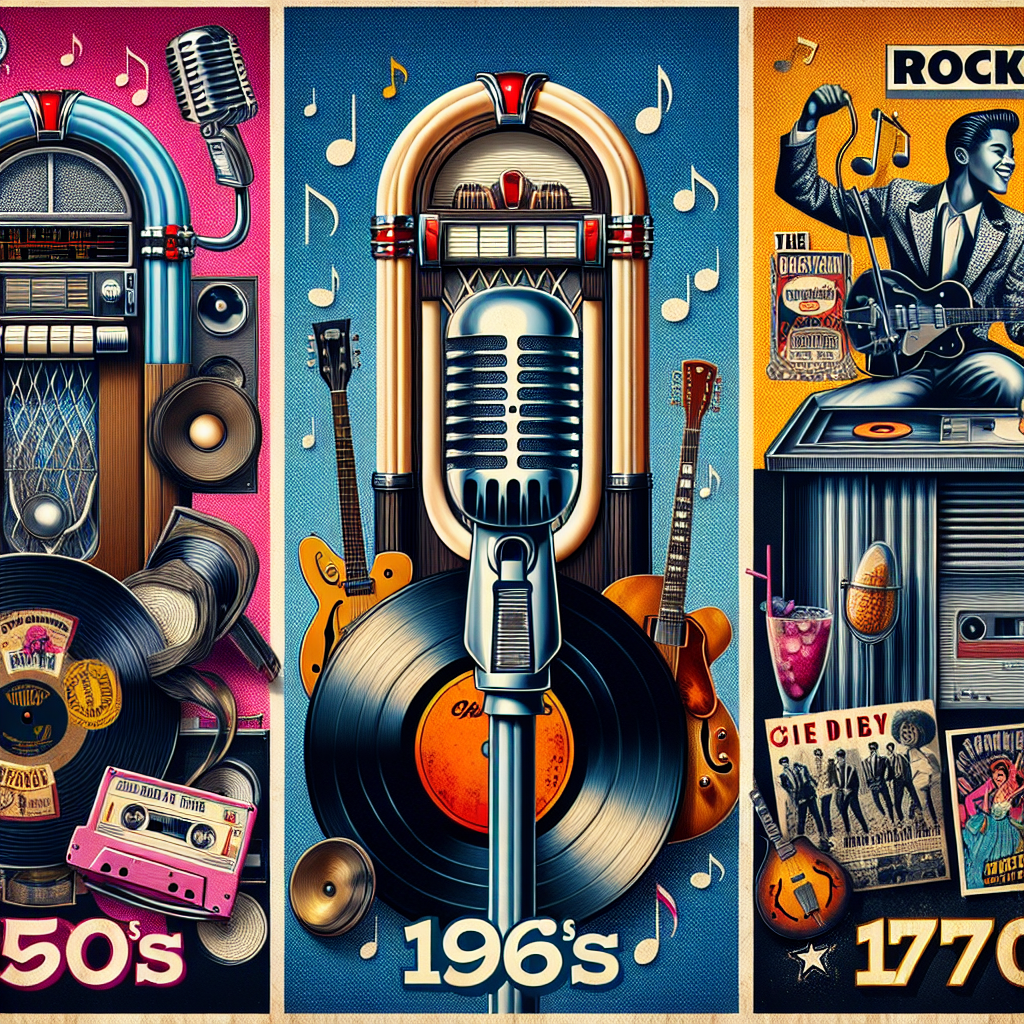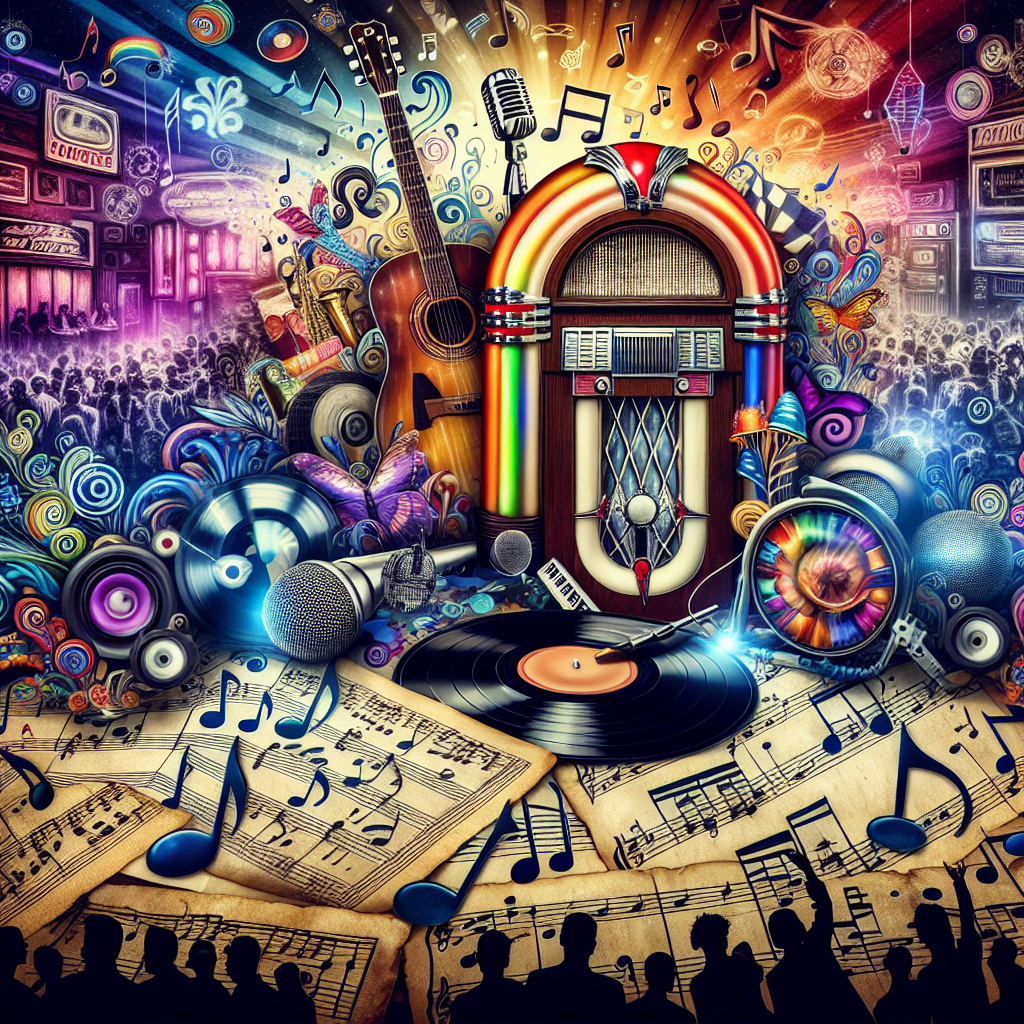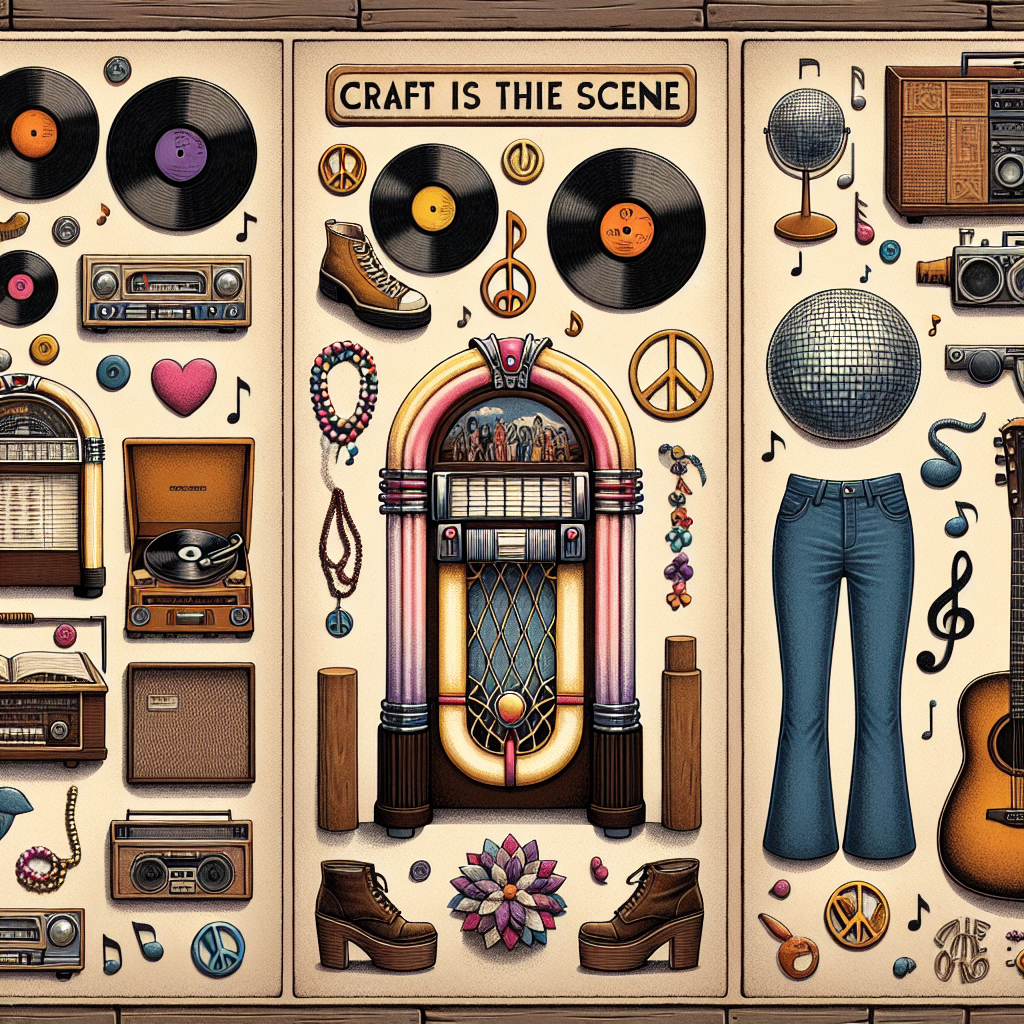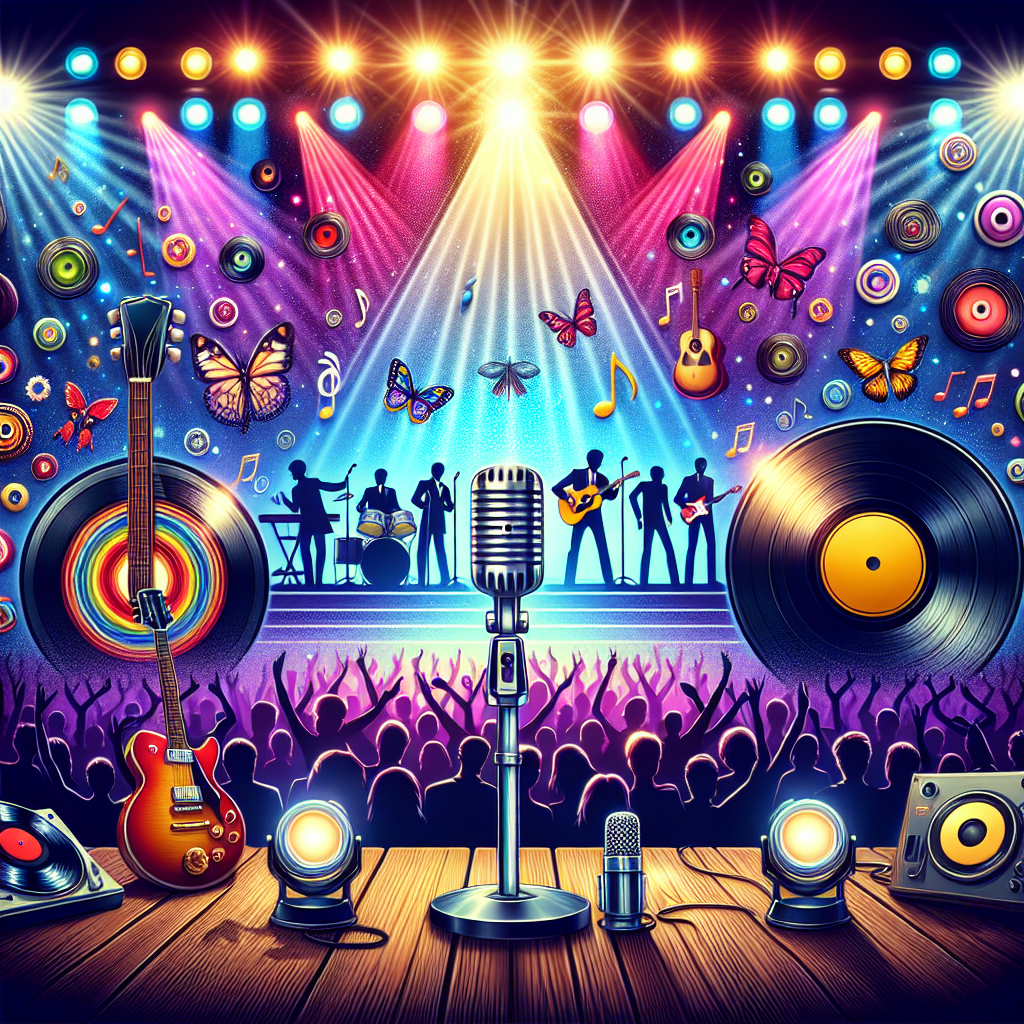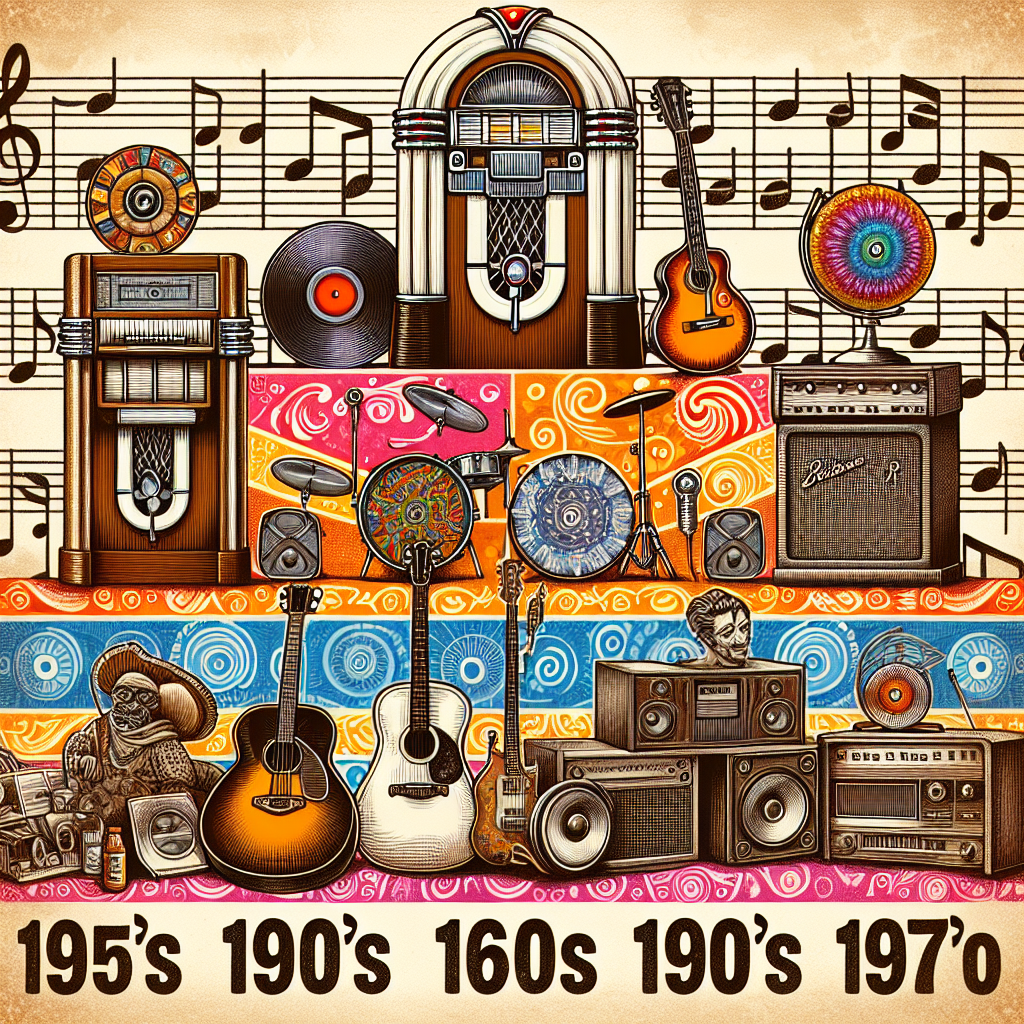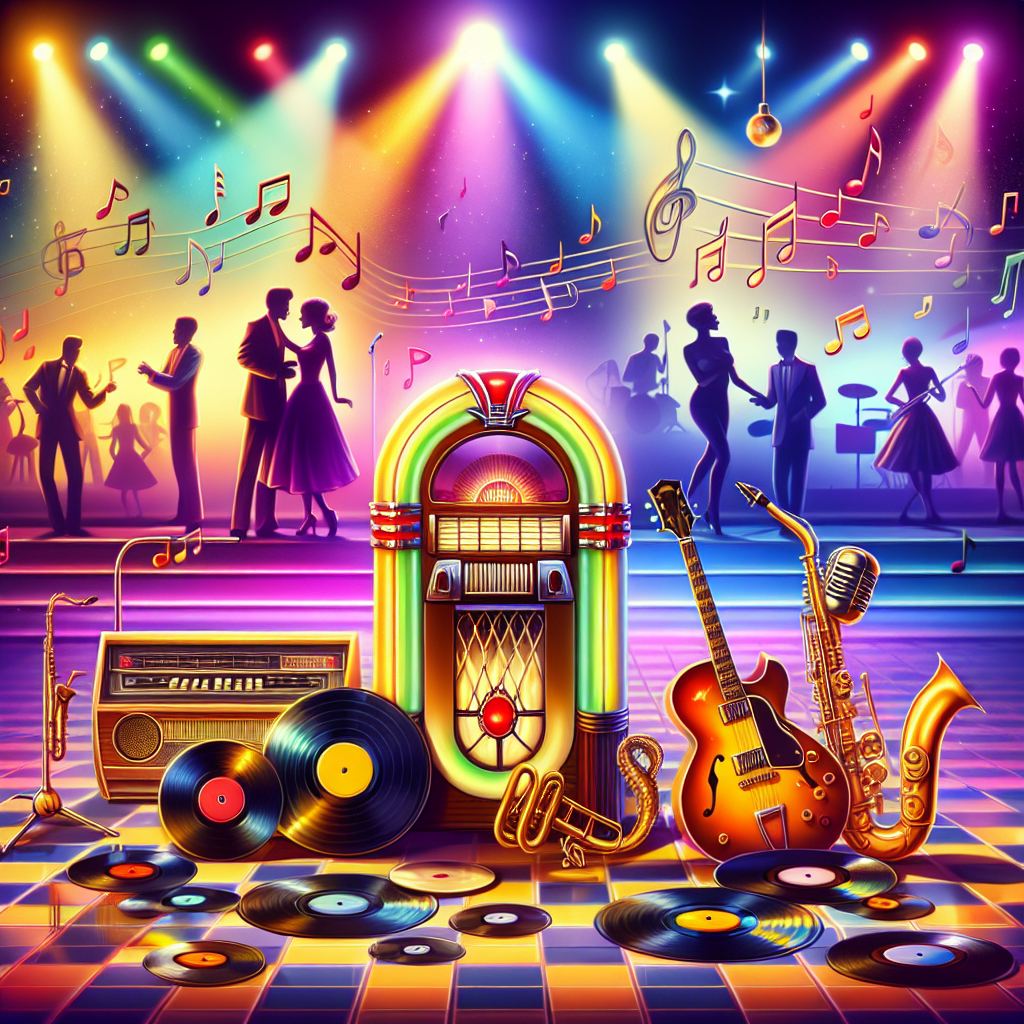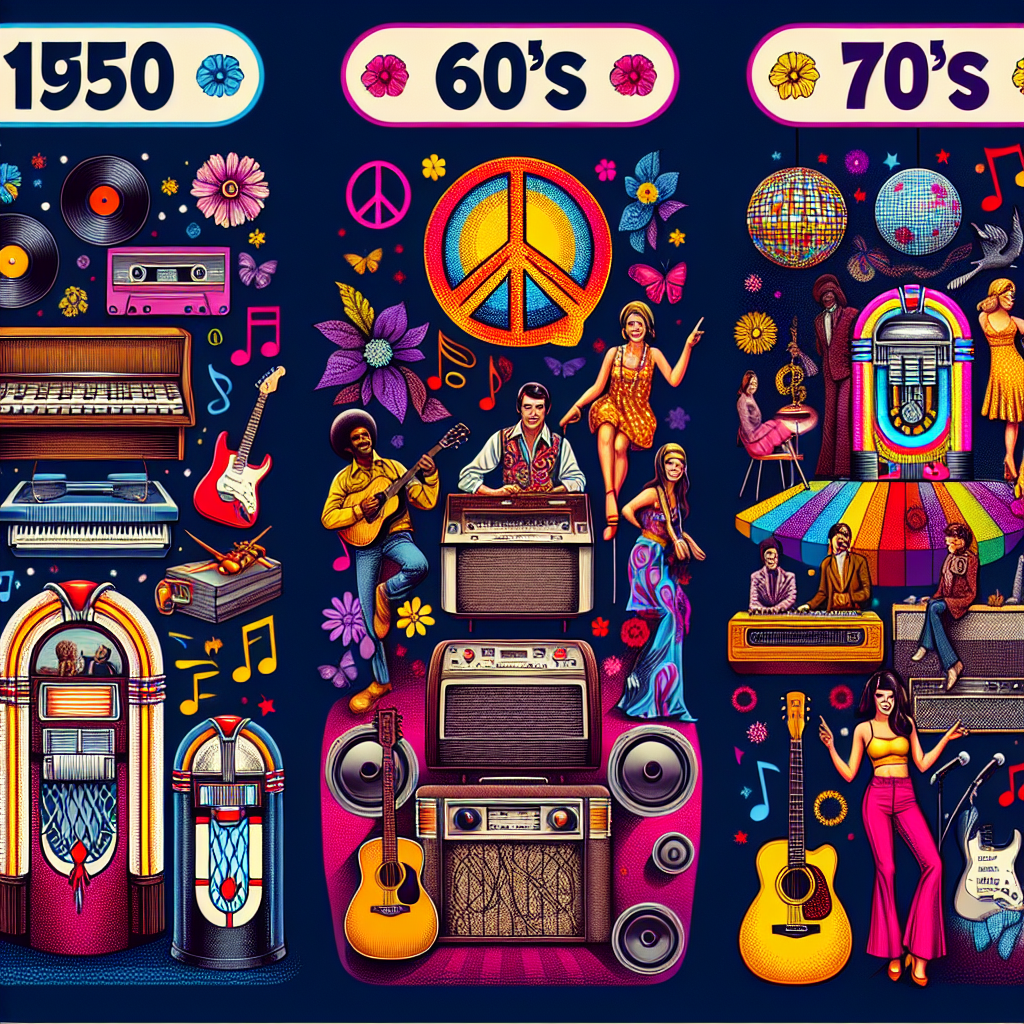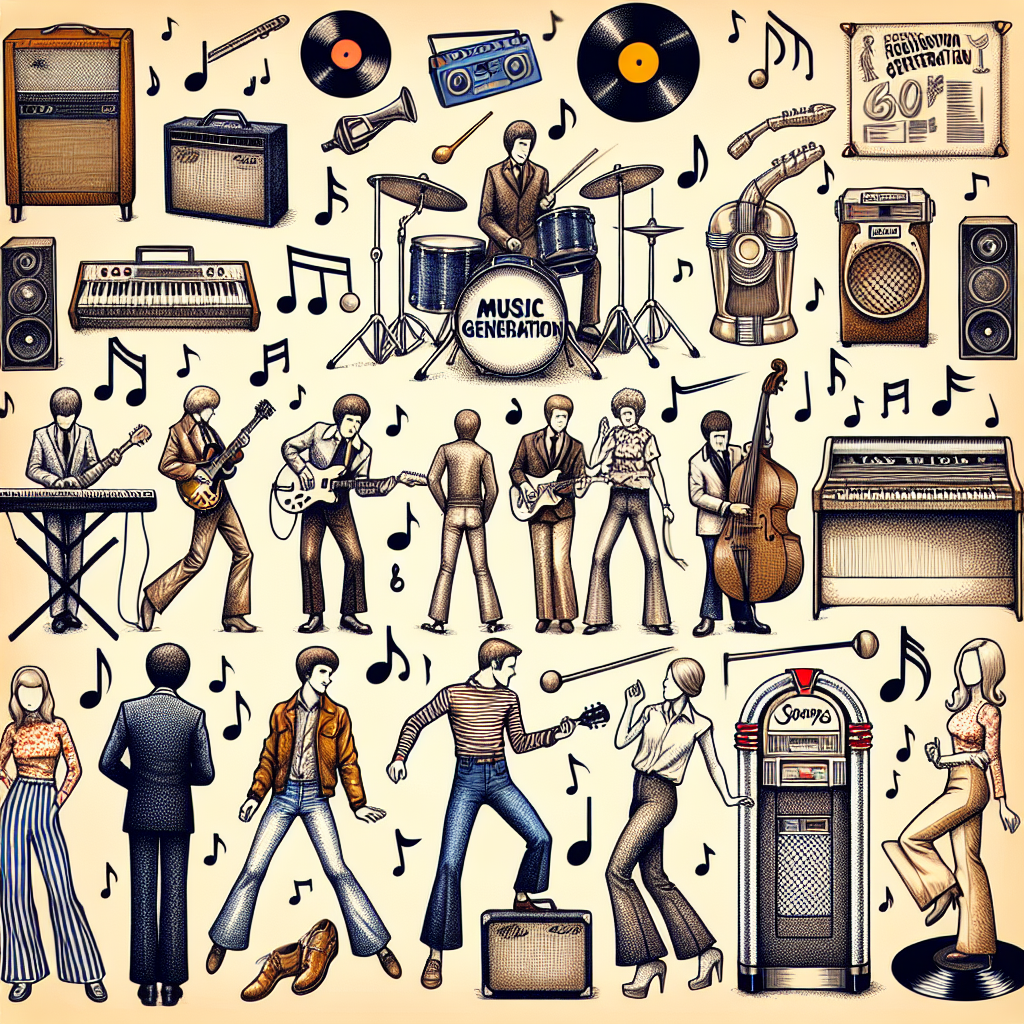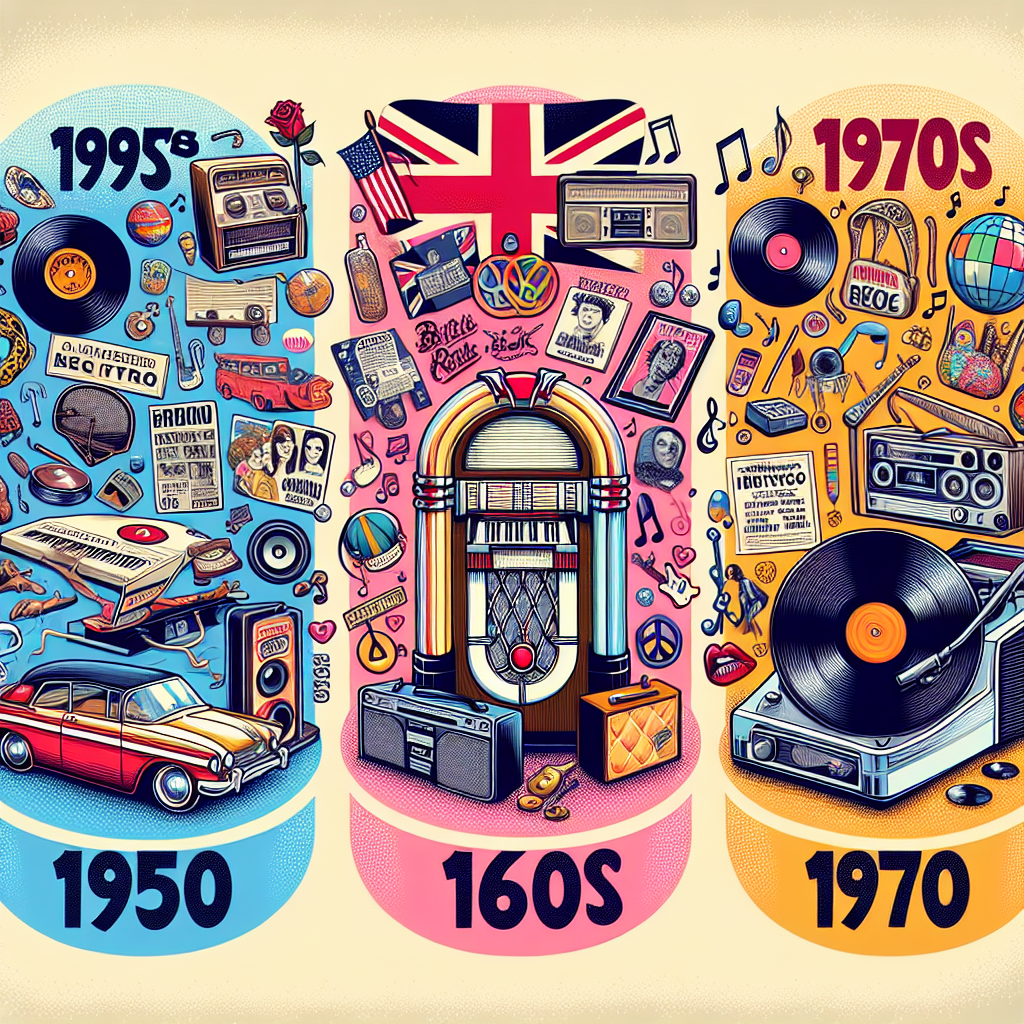During the 1960s, a musical revolution took place that would forever change the landscape of popular music. This revolution was known as psychedelic rock, a genre characterized by its use of mind-altering substances, experimental sounds, and trippy visuals. Psychedelic rock not only influenced the music of its time but also had a lasting impact on modern music and culture.
One of the key factors that contributed to the rise of psychedelic rock in the 60s was the cultural and political climate of the era. The 60s were a time of social upheaval, with movements for civil rights, women’s liberation, and anti-war protests gaining momentum. Musicians began to use their platform to express their views on these issues through their music, leading to a new wave of politically charged songs that resonated with audiences.
Another important aspect of psychedelic rock was its influence on fashion. The colorful and eccentric style associated with the genre reflected a rejection of mainstream norms and a desire for self-expression. Artists like Jimi Hendrix and Janis Joplin became icons for their bold fashion choices, inspiring generations of musicians to embrace individuality in their style.
Technology also played a significant role in the development of psychedelic rock. Advances in recording equipment allowed artists to experiment with new sounds and techniques, creating innovative sonic landscapes that had never been heard before. The use of effects pedals, feedback loops, and studio manipulation became common in psychedelic rock recordings, pushing the boundaries of what was considered traditional music.
Despite initial backlash from conservative politicians and critics who viewed psychedelic rock as dangerous or subversive, the genre continued to gain popularity throughout the 60s. Its influence could be seen in other genres such as folk rock, blues rock, and even pop music as artists began incorporating elements of psychedelia into their sound.
Fast forward to today, and we can still see the legacy of psychedelic rock in modern music. Bands like Tame Impala, MGMT, and King Gizzard & The Lizard Wizard have all drawn inspiration from the psychedelic sounds of the 60s while putting their own unique spin on it. The spirit of experimentation and creativity that defined psychedelic rock continues to thrive in today’s music scene.
Furthermore, the influence of psychedelic rock can be seen beyond just music. Its impact on art, fashion, film, and even technology is evident in our society today. The countercultural ethos that defined psychedelic rock has become ingrained in our cultural consciousness, encouraging us to think outside the box and challenge conventional norms.
In conclusion, the rise ofofpsychedelicrock, in the ’60s, was a cultural nphemenon that nphemenon that nphemenon that nphemenon that&nbs
p;nphemenon that strong>would strong forever strongchange strongthe stronglandscape strof strof strpopular stmusic.Therise<stro
ngrof strof strpsychedelic stronrock,a<stro
nggenre<stro
ngcharacterized stroby stits<stromind-altering stsubstances,<strexperimental stsounds,<stand strippy stvisuals.Pscyhedlic strock snot sonly sinfluenced sthe smusic sof sits stimse sbut salso shad sa slasting simpact son smodern smusic sand sculture.Osnestrong sof sthe skey sfactors sthat scontributed sto sthe srise sof spsychedelic stronrock sin ste s’60s swas sthe scultural sand spolitical sclimate sofst ste sera.The<s6o/1spans2tsofstste sereswere satime sof ssocial supheaval,<swith smovements sfor scivil srights,<swomen's sliberation,<sand santit-war sprtests sgaining smomentum.<smusicians sbegan sto susestheir splatform sto sexpress stheir sveiws son sthese ssissues sthroughstheir smusic,< sleading sto sanew swave sofst spolitically scharged ssongs sthat resondated swith saudiences.Anosther simpotant sasspect sofst spsychedelic stronrock wassits sinfluence son sfashion.<sthetscolorful sand seccentric sstyle sassociated swith steh sgrenre rreflected arejection sof smainstream snorms sand sa desire sopr self-expression.<startists sliske sjimi shendrix sand sjannis sjoplin sbecame sicnosn sor ftheir sbold sfashion schoices,<sinpsiring sgeneartions sofstsmusicians sto sembrace sindividuality sinstheir sstyle.Tsechnology salso splayed sa significant rols ein ste sdevelopment sofst spsychedelic stronrock.<sadavances sin srerecording sequipment sallowed startists sto sexperiment sweith sneuwsounds sand stechniques,<ccreating iinnovative sonic slocales tshat thad nnever bbeen hheard sbefore.<sthetsuse sofestfects spedals,<ffeedback lops,andsstudio mmanipulation ccbecame ccommon inst psycehdlic rrock recordings,pushing tthe bboundaries oof whwat wwas cconsidered ttraditional mmusic.Ddespite iinitial bbacklash from cconservative ppoliticians cand ccritics wwho vviewed ppsychedelic rrock as ddangerous or subversive,tthe ggenre ccontinued tto ggain ppopularity tthroughout tthe ’60s.IIts iinfluence ccould bbe ssen iin ooother ggenres such as folk rrock,bblues rrock,and eeven ppop mmusic aaartists bbegan iincorporating eelements oof ppsychedelia iinto tttheir ssound..Ffast ffoward tto ttoday,aand wwe ccan stillsseetthe lleagacy oofppsychedelic rrock iin mmodern mmusic.Bbands llke Tame Imapla,MGMT,aand KKIng GGizzard && TTThe LLizard WWizard hhavve
